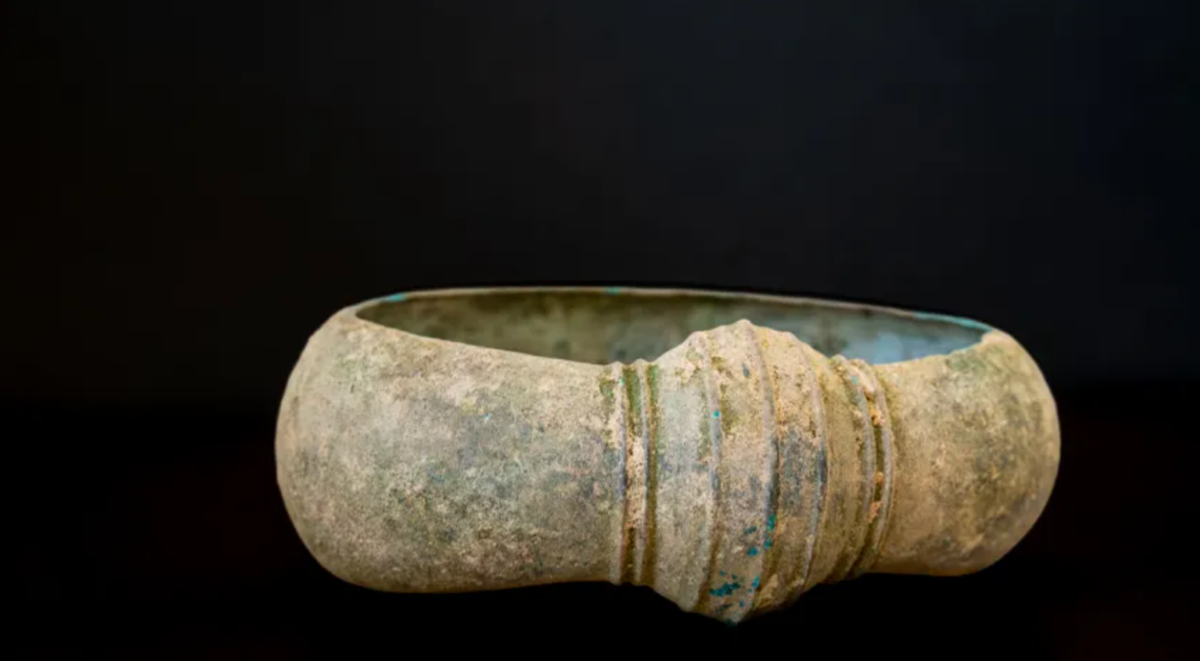An amateur metal detectorist in Poland came across a stunning artifact which is estimated to be about 3,000 years old, The Miami Herald reported.
A member of the Polish metal detecting group Kociewskie Poszukiwacze (the Kociew Seekers) detected something significant while patrolling the Kociewie forest. After isolating the location, several of the group’s members dug a hole measuring roughly eight-feet deep and, with great care, extracted a “large, well-preserved bracelet” which weighed about half of a pound.
Emboldened by the remarkable discovery, the metal detectorists returned to the very same site the next day to try their luck again. Unsurprisingly, their efforts paid off. In addition to the original bracelet, the group came across two brooches, also known as fibulae, and a third piece of jewelry which has yet to be identified. Officials are currently analyzing the myterious discovery in an effort to determine its identity and use.

The discovery is all the more extraordinary because, despite similar artifacts having been discovered in Scandinavia, this is the first such example found in Poland. Researchers say that the bracelet could provide information about ancient trade routes, crafting techniques, and the cultural exchanges made between disparate communities during that era. The weight of the bracelet and its craftsmanship suggests that it belonged to a person of great importance within the society.
Polish law requires anyone who finds historically significant artifacts to turn them over to the Pomeranian Voivodeship Conservator of Monuments, which will donate the artifacts and jewelry to the Archaeological Museum in Gdańsk, Poland. It’s a shame the discovery didn’t wait a few more years to reveal itself. As of 2027, thanks to the Monument Protection Act, anyone who makes a qualifying historically significant discovery may be eligible for monetary rewards.
